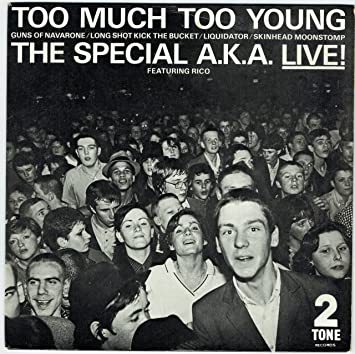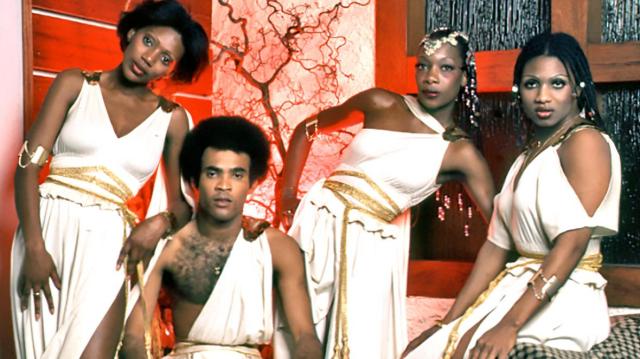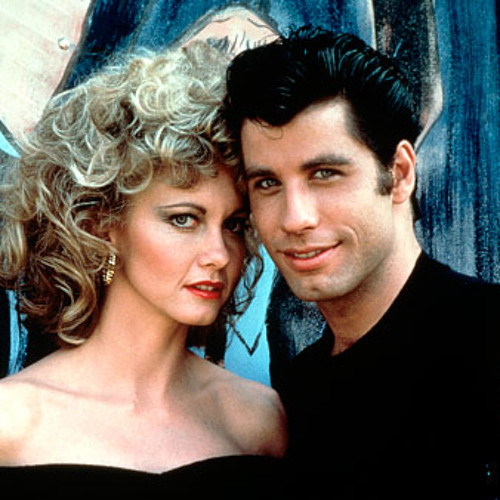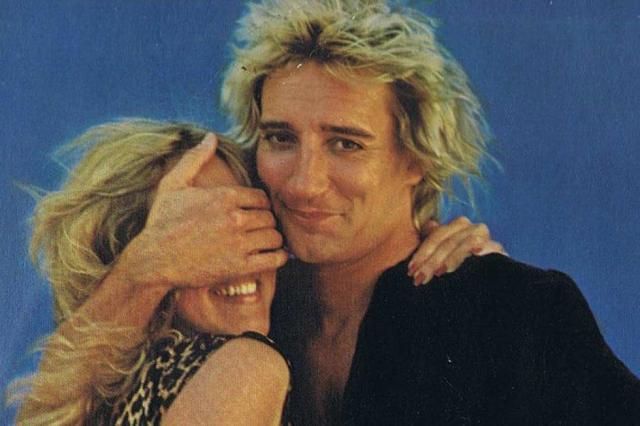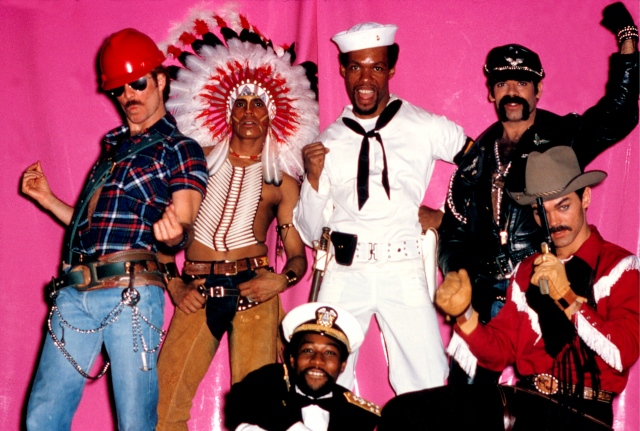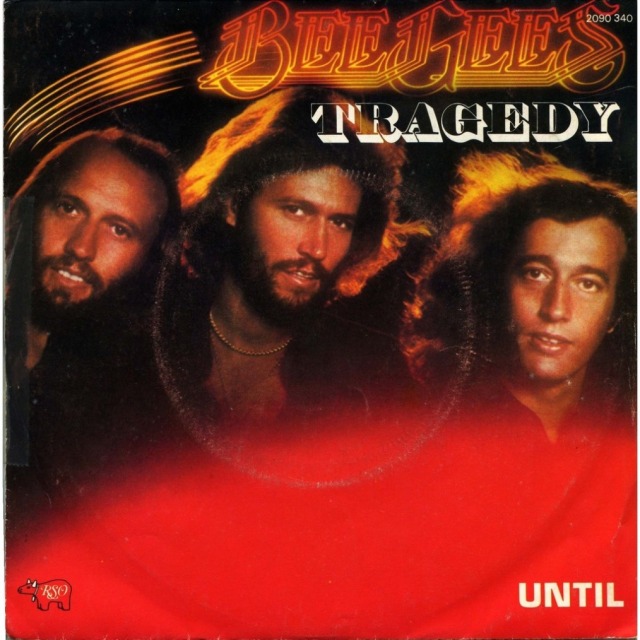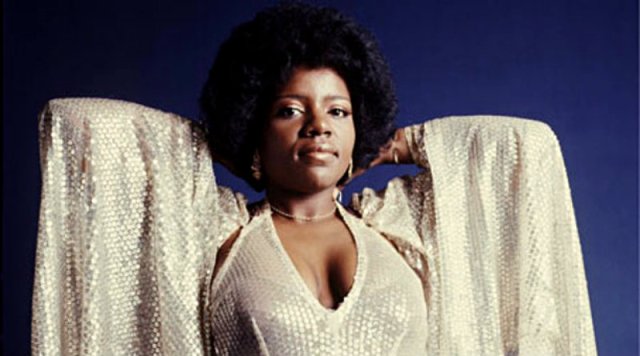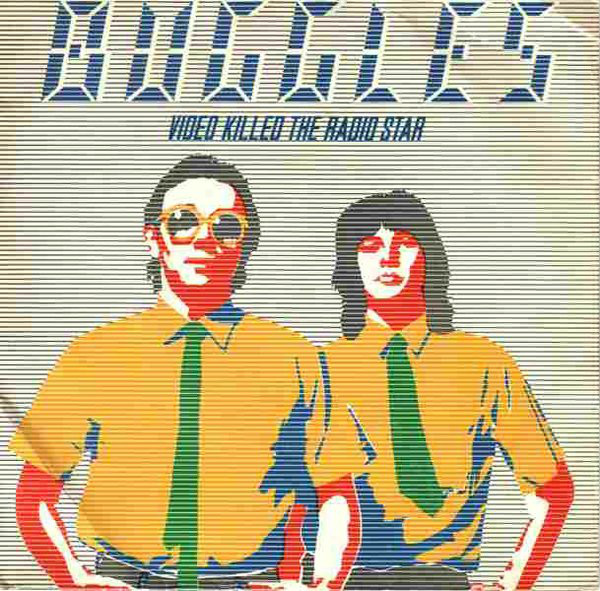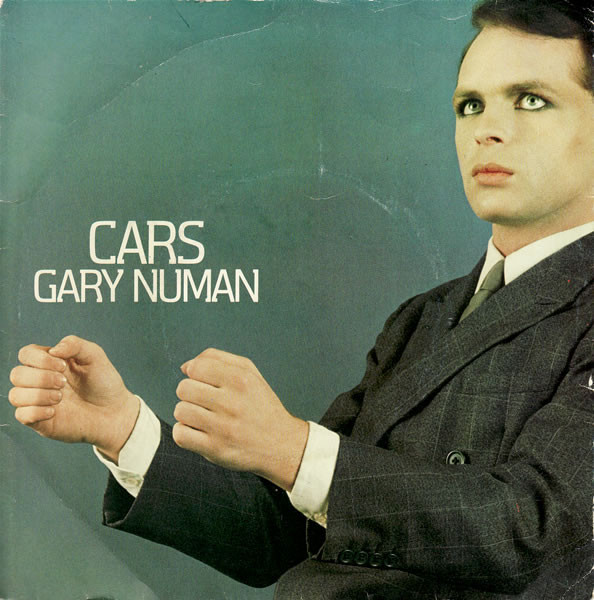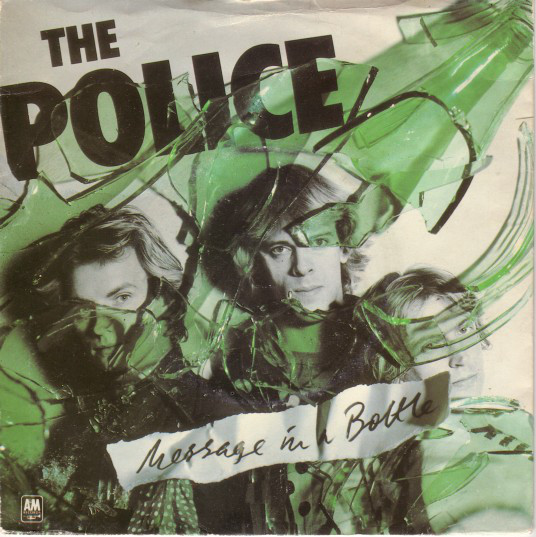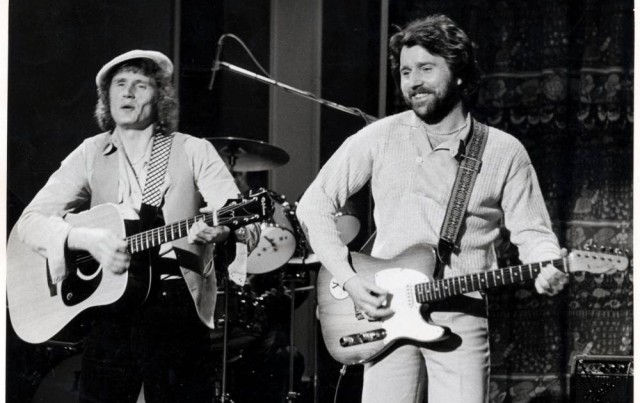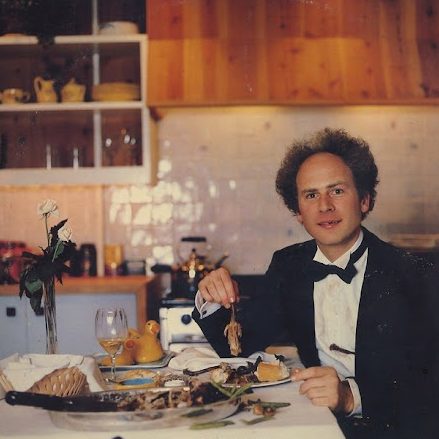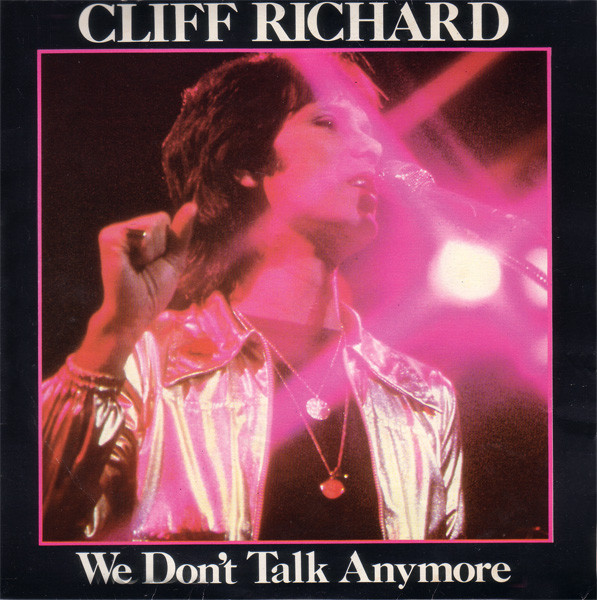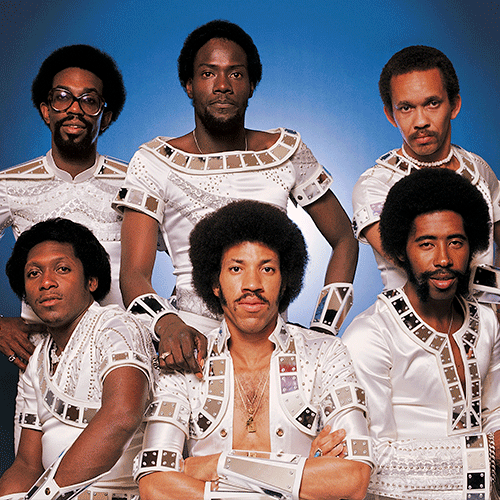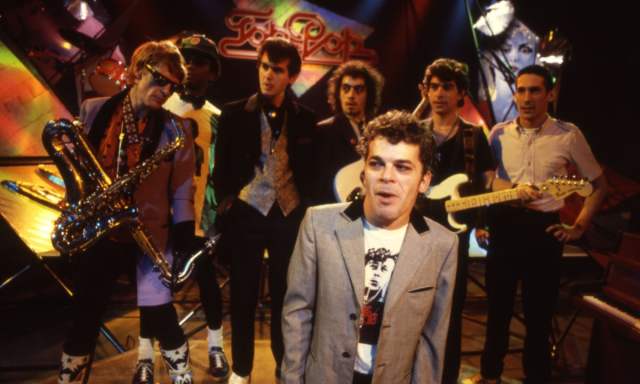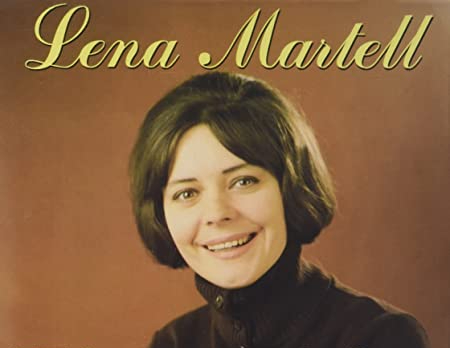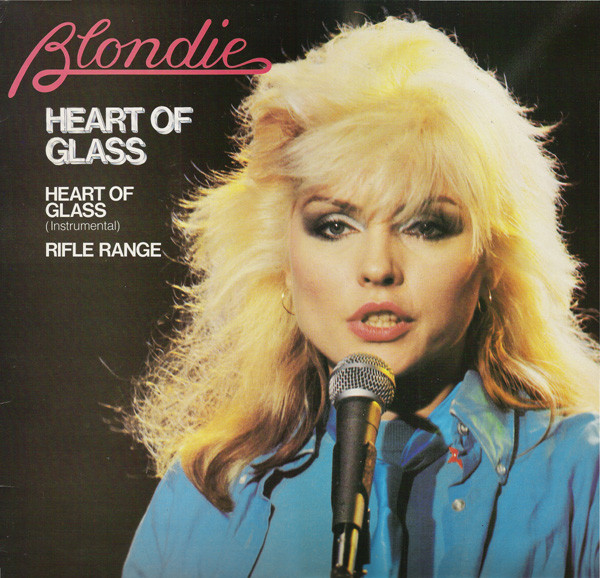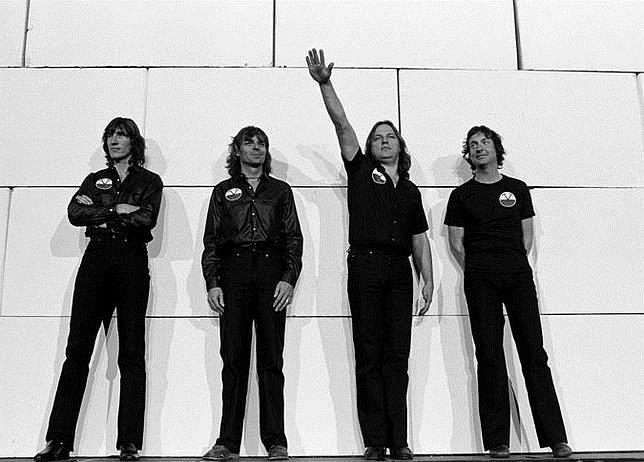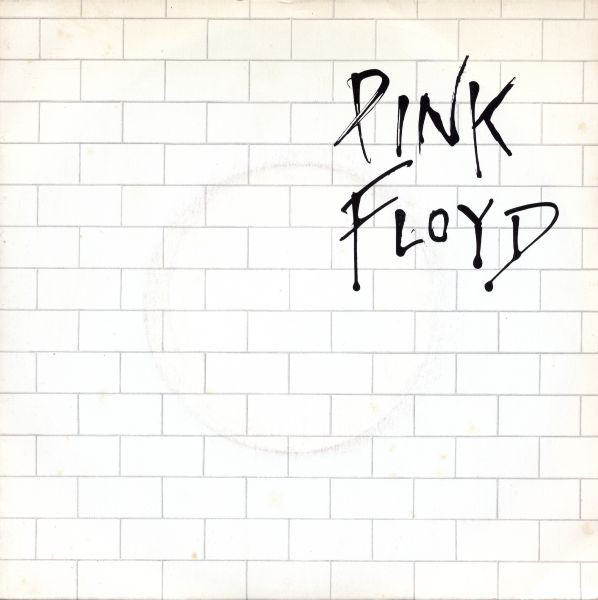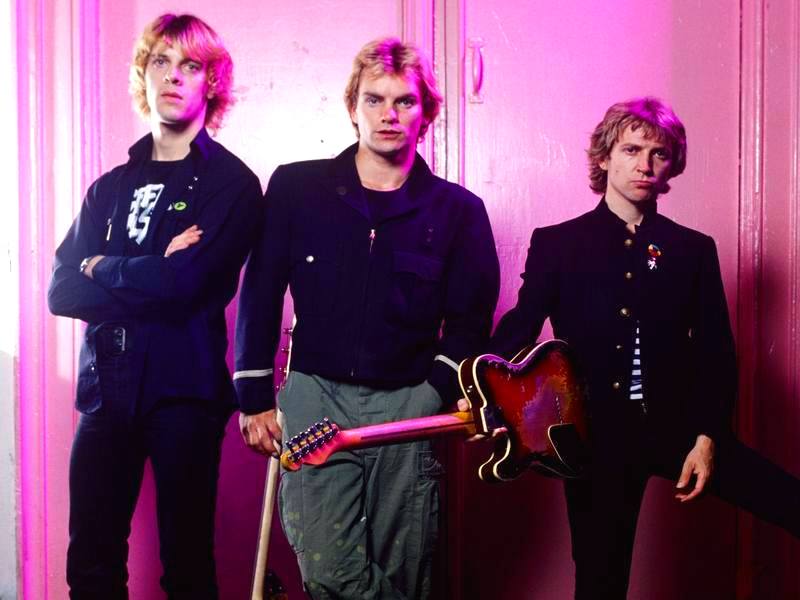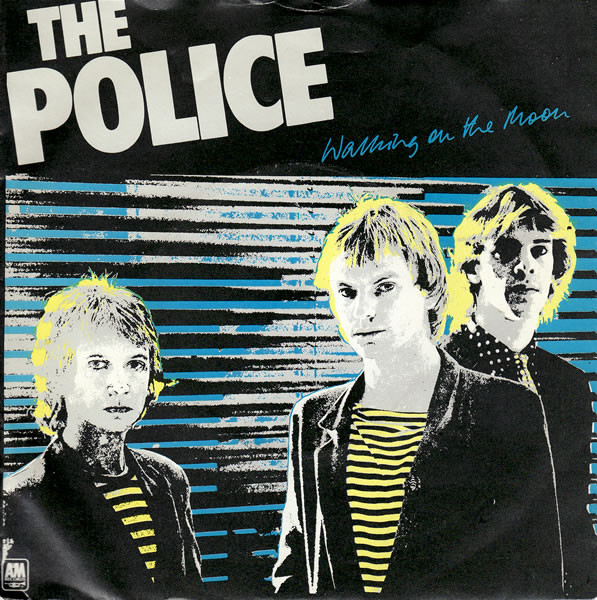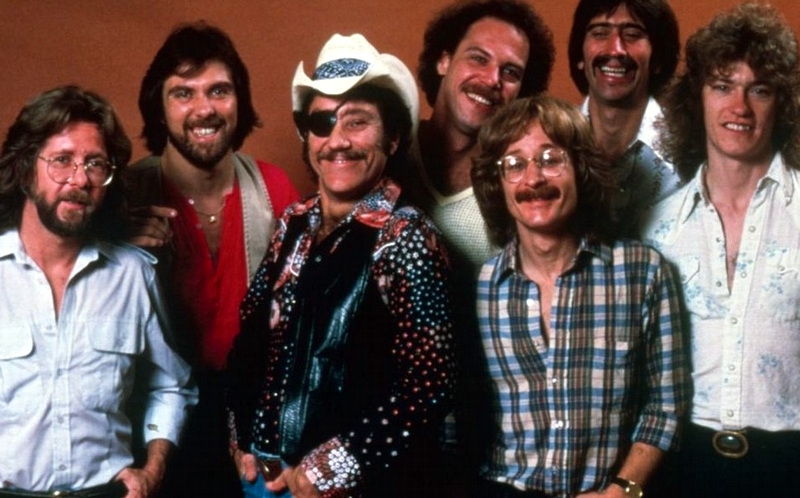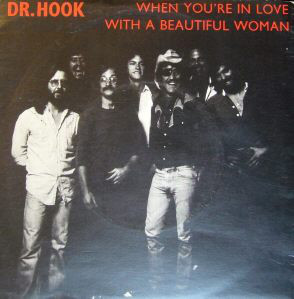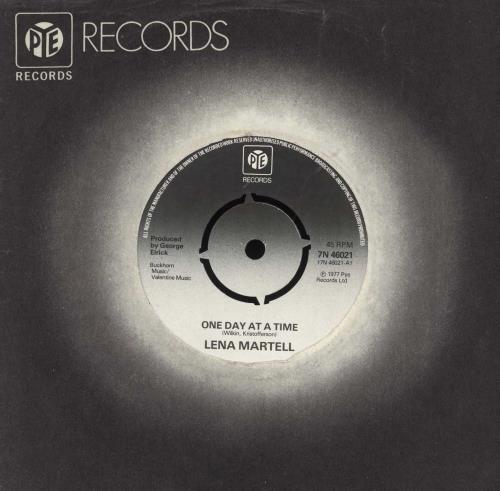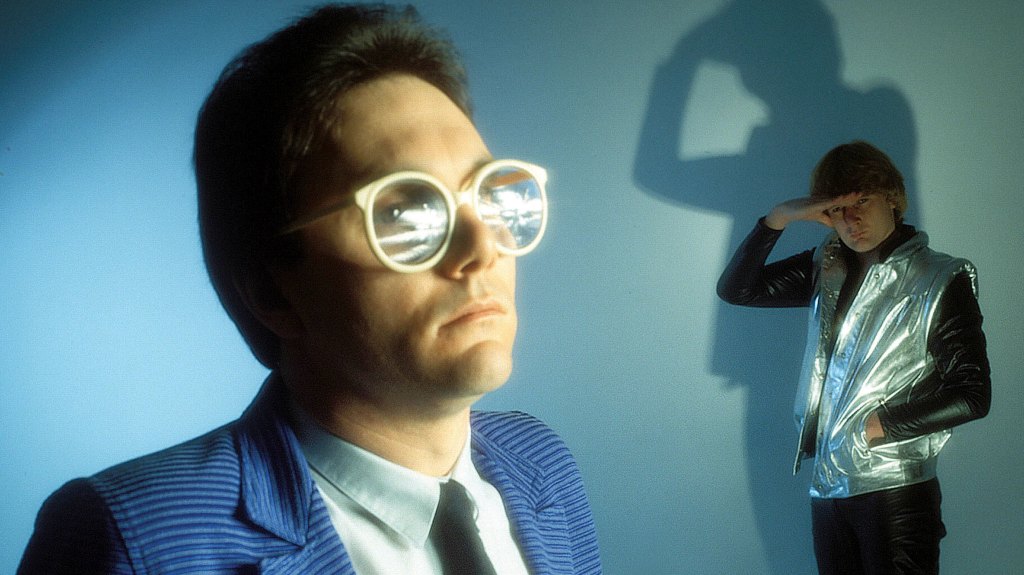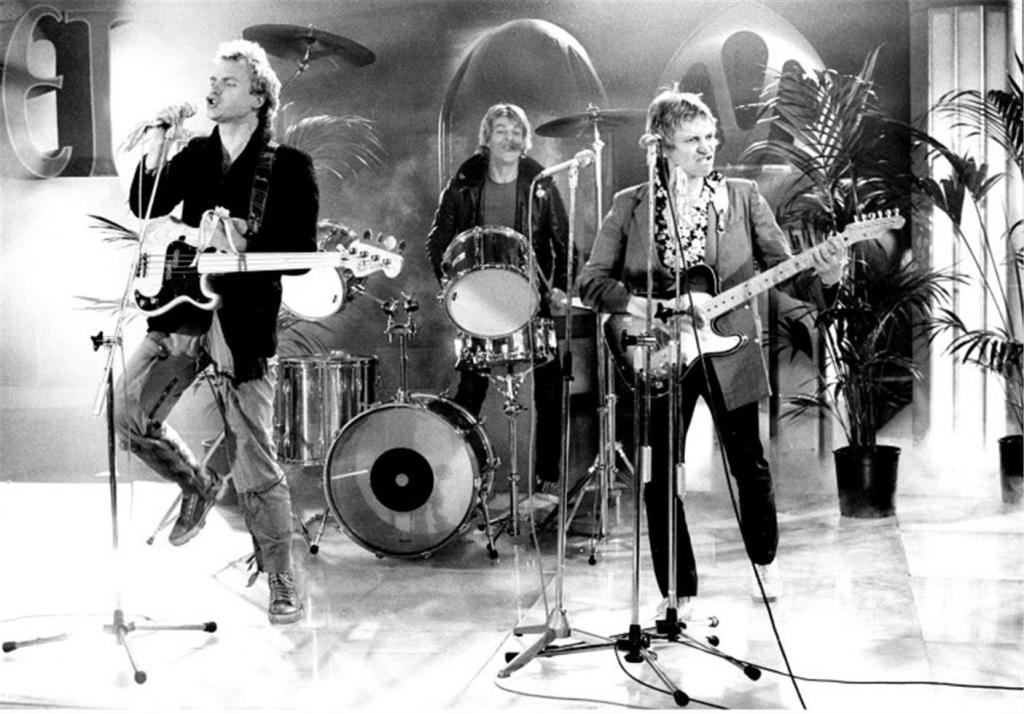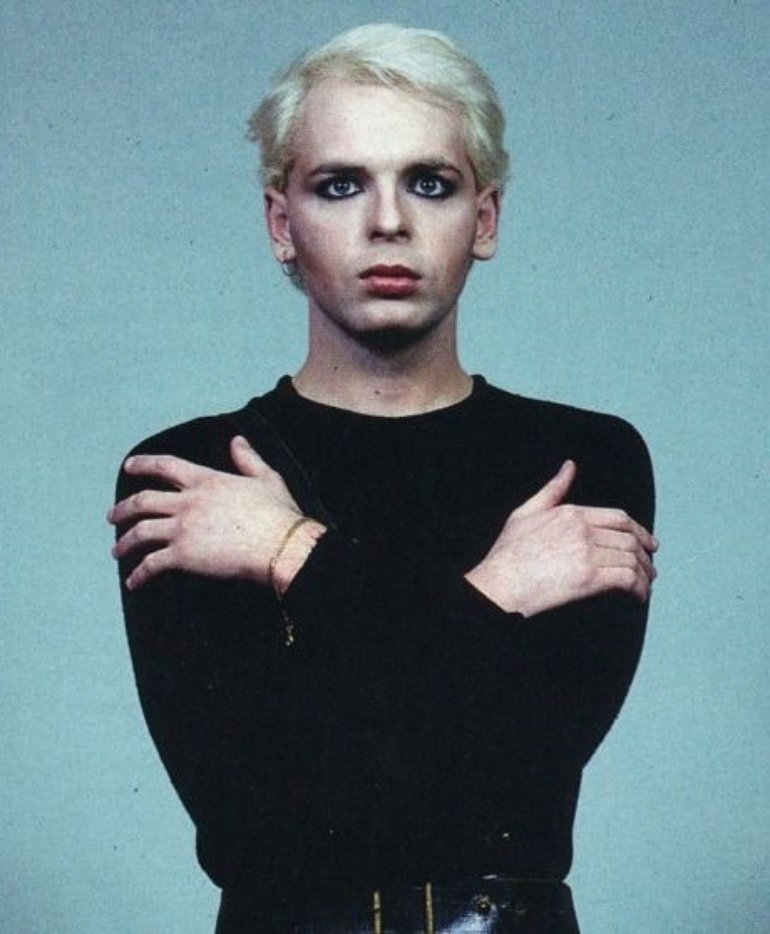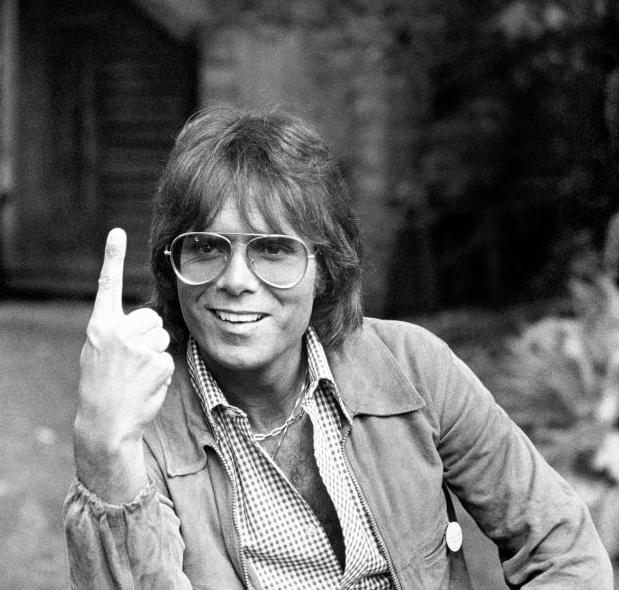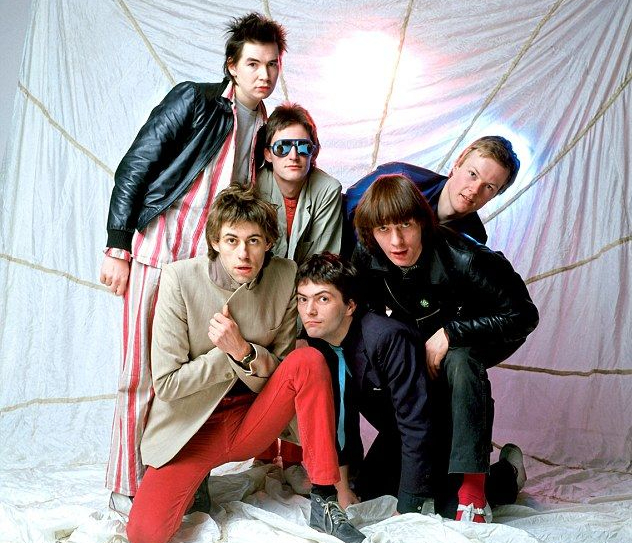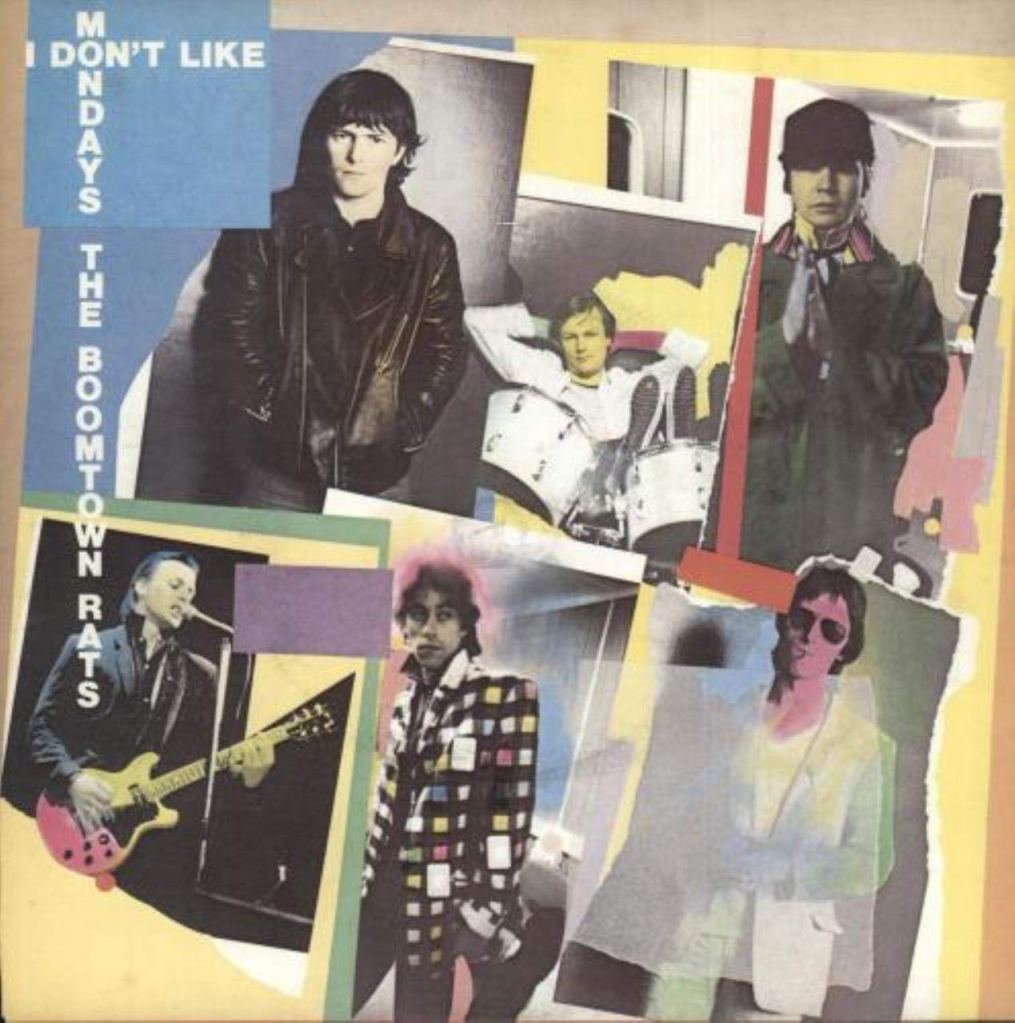Recap time! Our fifteenth recap, taking in just under two years, from spring 1978 to the early, early weeks of 1980. It would have been great had this recap fallen right at the end of the seventies, but hey…
Our two most recent #1s have felt like a step forward, not just because they were the first two of the ‘80s, but because they’ve been so bold, so vibrantly dripping with (post) punkish attitude. The Pretenders swaggered into the new decade with ‘Brass in Pocket’, while The Specials shouted about birth-control – live – in ‘Too Much Too Young’. The eighties have begun with a bang. Can it last? (Well, sorry… no. Just wait till you see who’s up next!)
But, let me take you back a couple of years, to a time when disco still ruled the airwaves. The genre would explode in a puff of glitter, after a glorious run of chart-toppers, in early 1979. Before that, though, ’78 was probably the most disjointed, undefinable year of the decade. There were sixteen weeks where songs from the ‘Grease’ soundtrack occupied top-position, two shots of religious, disco-calypso from Boney M, a flashback to the MOR days of ’76-’77 from the Commodores, 10cc went reggae, Rod Stewart asked if we think he’s sexy… while The Boomtown Rats scored the very first new-wave #1. There were some long stays at the top – five weeks seemed to be the average – and some very high sales: ‘Rivers of Babylon’ and ‘You’re the One That I Want’ are in the Top 10 of all time.
But then, on New Year’s Eve 1978, The Village People sounded their klaxon, everyone ran to the dancefloor, and we were off on a thrilling run of chart-topping singles. One of the best ever. ‘YMCA’, ‘Tragedy’, ‘I Will Survive’ and ‘Heart of Glass’ perfected disco, meaning that the genre was completed, finished, not needed again. By the time Anita Ward came along, ringing her bell, it felt a little old hat. Blondie, in particular, had taken things a step further, mixing synths and guitars into the mix. The new-wave future had arrived…
Actually, the future seemed to be arriving every few weeks by the summer of 1979… Gary Numan and his Tubeway Army scored a couple of impossibly cool, completely electronic number ones. Bob and his Rats returned, with a rock opera about a school shooting. The Police brought a reggaeish, post-punk to the charts. The Buggles asked if this new-fangled video age was all it was cracked up to be… By the end of the year, Pink Floyd – releasing their first single in twelve years – had a Christmas number one about teachers and their means of mind-control…
There were anomalies in all this. The charts never quite do what you want them to. Right at the start of this run, Brian and Michael had a huge folksy singalong about the artist LS Lowry. Art Garfunkel had a low-key ballad about dead rabbits (and, of course, scored the year’s biggest-selling single). Cliff came back! With his best number one, ever! Country and Western kept popping up when you least expected it to…
I said at the time that I felt 1979 was the best year of the decade in terms of variety and quality of chart-toppers. I may not have loved every single one – in terms of my own personal enjoyment I’d say the glam years of ’72-’74 were ‘better’ – but the experimentation and sheer love for pop music that shone through in these closing months of the ‘70s was something else. And a very refreshing change after everything had gone a little soft-rock in our previous recap.
Which means there might be stiff competition when I have to choose the best of this past bunch. But first… the lesser awards. The ‘Meh’ Award, for example. Like I said, not many of the past thirty #1s have been dull. But I have three. I considered ‘Bright Eyes, but Art already has a ‘Meh’ award to his name, and to give a legend like him two out of two just seems mean. I also toyed with The Police and their second number-one, ‘Walking on the Moon’, which just didn’t connect with me. But, edging them out… not once, not twice, but three-times as dull… The Commodores with ‘Three Times a Lady’: a sludgy relic from the days when David Soul and Leo Sayer were ruling the charts.
On to the ‘WTAF’ Award, for being interesting if nothing else. Plenty of interesting #1s this time around. The Tubeway Army… ‘Cars’… The Buggles… But giving it to one of them would be because they sounded new and exciting. Not ‘weird’, as such. No, if you want weird, you have to choose between Ian Dury and his rhythm stick, or Pink Floyd’s ‘Another Brick in the Wall Pt II’. When I made my notes for this post a few days ago, I assumed I’d go with the Floyd. But, really, that record is just an Eagles-beat with some kids shouting. Whereas The Blockheads gave us a punky disco world-tour, from the deserts of Sudan to the gardens of Japan, full of shouting in German and spiky saxophone, sung by a self-proclaimed cripple poet. ‘Hit Me With Your Rhythm Stick’ has it.
The main events, then. The fifteenth Very Worst Chart-Topper, joining luminaries such as Donny Osmond, Jimmy Young, and… checks notes… Elvis. Should I give it to Brian and Michael’s irritatingly parochial celebration of Lowry: ‘Matchstalk Men and Matchstalk Cats and Dogs’? No. A) That was fundamentally catchy. And B) ‘One Day at a Time’ exists. Yes, Lena Martell somehow preached her way to three weeks at the top with a self-righteous slice of country. It was by far the worst of the past bunch. Sweet Jesus!
Finally, then. Fanfare please. The Very Best Chart-Topper of the last thirty. I said earlier that there was a lot of competition but, to be honest, there’s only one winner this time around. I loved ‘YMCA’, ‘Rat Trap’, ‘I Will Survive’ and the ‘Grease’ hits… But towering above them all are Blondie, and ‘Heart of Glass’. One of the coolest songs ever to have topped the charts, and the perfect choice to sum up this moment in pop history, as we stand on the verge of a new decade, a new era…
To recap the recaps:
The ‘Meh’ Award for Forgettability:
- ‘Hold My Hand’, by Don Cornell.
- ‘It’s Almost Tomorrow’, by The Dream Weavers.
- ‘On the Street Where You Live’, by Vic Damone.
- ‘Why’, by Anthony Newley.
- ‘The Next Time’ / ‘Bachelor Boy’, by Cliff Richard & The Shadows.
- ‘Juliet’, by The Four Pennies.
- ‘The Carnival Is Over’, by The Seekers.
- ‘Silence Is Golden’, by The Tremeloes.
- ‘I Pretend’, by Des O’Connor.
- ‘Woodstock’, by Matthews’ Southern Comfort.
- ‘How Can I Be Sure’, by David Cassidy.
- ‘Annie’s Song’, by John Denver.
- ‘I Only Have Eyes For You’, by Art Garfunkel.
- ‘I Don’t Want to Talk About It’ / ‘The First Cut Is the Deepest’, by Rod Stewart.
- ‘Three Times a Lady’, by The Commodores.
The ‘WTAF’ Award for Being Interesting if Nothing Else:
- ‘I See the Moon’, by The Stargazers.
- ‘Lay Down Your Arms’, by Anne Shelton.
- ‘Hoots Mon’, by Lord Rockingham’s XI.
- ‘You’re Driving Me Crazy’, by The Temperance Seven.
- ‘Nut Rocker’, by B. Bumble & The Stingers.
- ‘You’ll Never Walk Alone’, by Gerry & The Pacemakers.
- ‘Little Red Rooster’, by The Rolling Stones.
- ‘Puppet on a String’, by Sandie Shaw.
- ‘Fire’, by The Crazy World of Arthur Brown.
- ‘In the Year 2525 (Exordium and Terminus)’, by Zager & Evans.
- ‘Amazing Grace’, The Pipes & Drums & Military Band of the Royal Scots Dragoon Guard.
- ‘Kung Fu Fighting’, by Carl Douglas.
- ‘If’, by Telly Savalas.
- ‘Wuthering Heights’, by Kate Bush
- ‘Hit Me With Your Rhythm Stick’, by Ian Dury & The Blockheads.
The Very Worst Chart-Toppers:
- ‘Cara Mia’, by David Whitfield with Mantovani & His Orchestra.
- ‘The Man From Laramie’, by Jimmy Young.
- ‘Roulette’, by Russ Conway.
- ‘Wooden Heart’, by Elvis Presley.
- ‘Lovesick Blues’, by Frank Ifield.
- ‘Diane’, by The Bachelors.
- ‘The Minute You’re Gone’, by Cliff Richard.
- ‘Release Me’, by Engelbert Humperdinck.
- ‘Lily the Pink’, by The Scaffold.
- ‘All Kinds of Everything’, by Dana.
- ‘The Twelfth of Never’, by Donny Osmond.
- ‘The Streak’, by Ray Stevens.
- ‘No Charge’, by J. J. Barrie
- ‘Don’t Give Up On Us’, by David Soul
- ‘One Day at a Time’, by Lena Martell.
The Very Best Chart-Toppers:
- ‘Such a Night’, by Johnnie Ray.
- ‘Cherry Pink and Apple Blossom White’, by Perez ‘Prez’ Prado & His Orchestra.
- ‘Great Balls of Fire’, by Jerry Lee Lewis.
- ‘Cathy’s Clown’, by The Everly Brothers.
- ‘Telstar’, by The Tornadoes.
- ‘She Loves You’ by The Beatles.
- ‘(I Can’t Get No) Satisfaction’, by The Rolling Stones.
- ‘A Whiter Shade of Pale’, by Procol Harum.
- ‘I Heard It Through the Grapevine’, by Marvin Gaye.
- ‘Baby Jump’, by Mungo Jerry.
- ‘Metal Guru’, by T. Rex.
- ‘Tiger Feet’, by Mud.
- ‘Space Oddity’, by David Bowie.
- ‘I Feel Love’, by Donna Summer.
- ‘Heart of Glass’, by Blondie.
